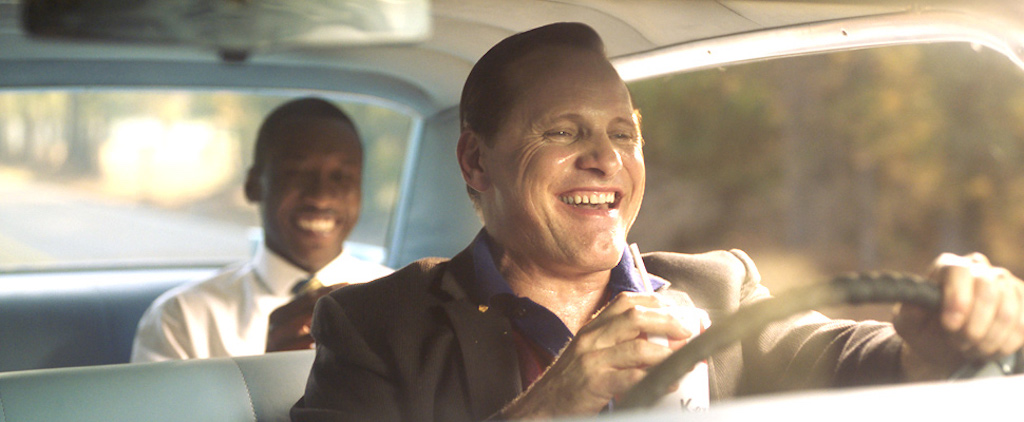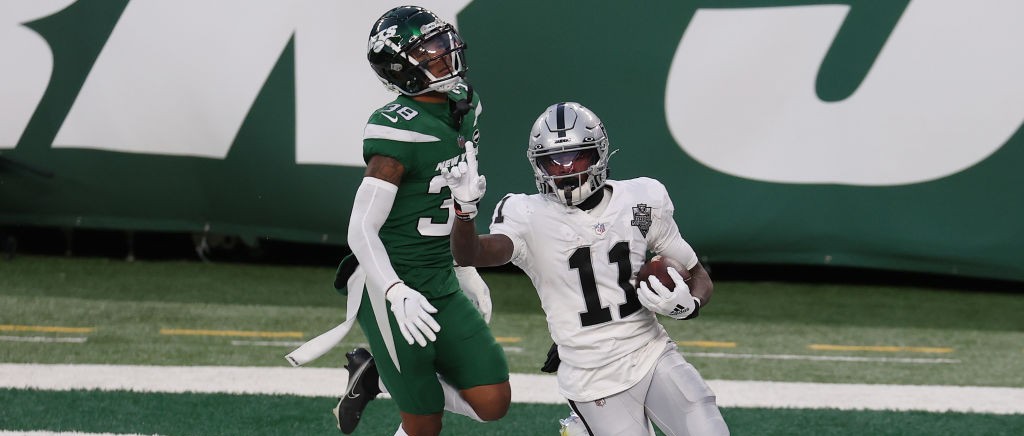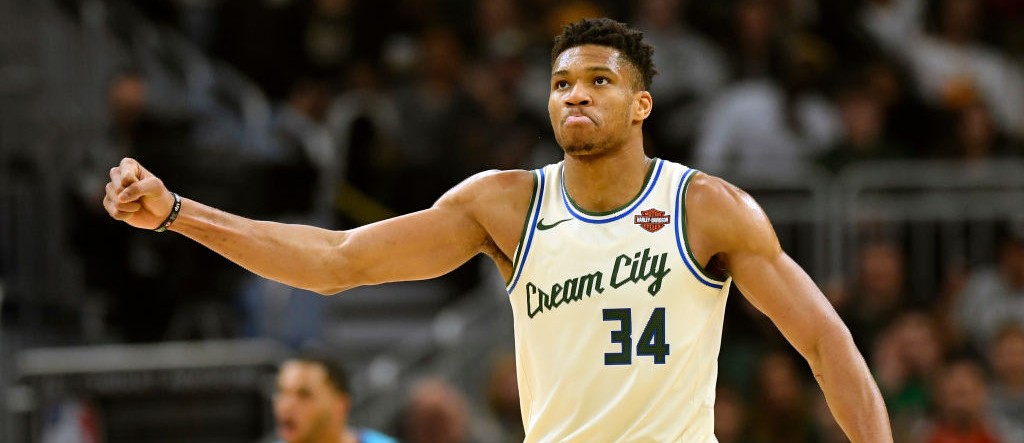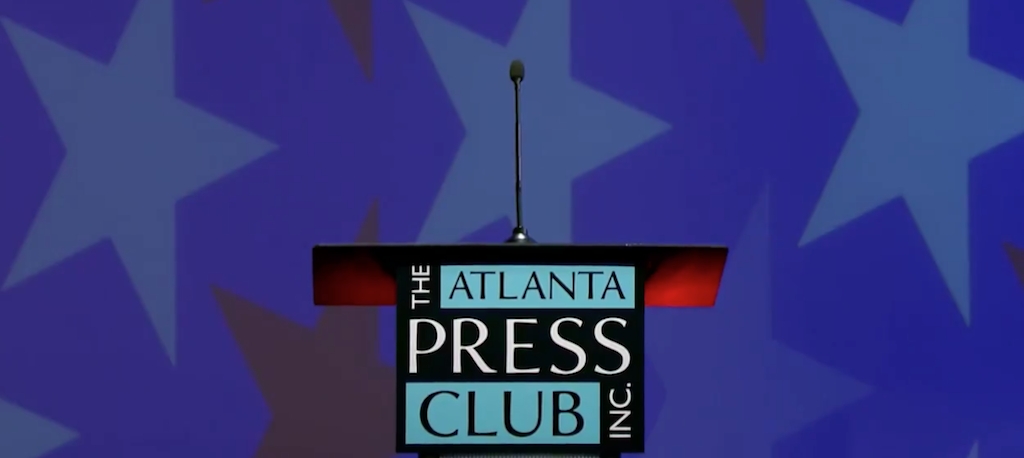
The 2020 election season isn’t quite over. No, we’re not talking about the outgoing president who refuses to concede, even after having his butt handed to him by dozens of courts. We’re talking about the Senate runoff in Georgia, which is set for January 5 and which might end with the Republicans — and its infamous leader Mitch McConnell — losing control of the chamber. Trump’s infamously bumbling team has been screwing that up, too; one of his lawyers actually told Republicans to boycott the election, which is…an interesting strategy. So is incumbent candidate David Perdue skipping one of his debates entirely, resulting in a noticeably empty podium.
They just introduced David Perdue’s empty podium at the debate.
This is quite the visual. pic.twitter.com/nc8uD46oK0
— Parker Butler (@parkerbutler10) December 6, 2020
Perdue is facing re-election against Democratic challenger Jon Ossoff, and the last time they squared off, in late October, Ossoff absolutely clobbered him, calling him a “crook” and accusing him of misleading his constituents about the severity of COVID-19. The next day Perdue — whose stiff non-response to the accusations went viral — swore he’d skip their subsequent debate. Perdue made good on that promise, but the debate still went off, only with a noticeably absent podium.
Shortly before the debate was scheduled to happen, Ossoff called his opponent out over Twitter.
David Perdue can’t defend the indefensible. That’s why he’s not here today.
— Jon Ossoff (@ossoff) December 6, 2020
And he tore into him during the debate itself. If Perdue’s plan was to allow the man who may take his job ample opportunity to attack him without a chance for him to respond, then he succeeded beyond his wildest dreams.
GA Senate candidate Jon Ossoff excoriates incumbent Sen. David Perdue for declining to participate in their runoff debate: “Sen. Perdue, I suppose, doesn’t feel he can handle himself in debate, or perhaps is concerned he may incriminate himself in debate.” https://t.co/0QPstIMbor pic.twitter.com/U5RfS4T3Sj
— ABC News (@ABC) December 6, 2020
“David Perdue has been getting rich in office,” Ossoff told viewers, standing opposite a vacant podium. “And instead of taking public health expertise and guidance from the CDC and getting that to the people, and implementing policy, he was buying up shares and manufacturers of vaccines and medical equipment.”
Ossoff added, ““He’s not here because he’s afraid he may incriminate himself in this debate.”
The fact that Perdue skipped the debate awarded it even more attention than had he shown up. And it gave people on Twitter plenty of excuses to do some attacks of their own.
A reminder that Senate GOPers Kelly Loeffler, David Perdue and Ron Johnson committed criminal insider trading in mid March right before markets crashed as a result of the beginning of the ongoing pandemic and William Barr covered it all up. I’ll keep bringing this up daily.
— Ricky Davila (@TheRickyDavila) December 6, 2020
Sen. David Perdue will be a no show for tonight’s scheduled Atlanta Press Club debate with Jon @ossoff. Why? Perdue is dogged by reports of abuses of office and, in the past week, multiple news outlets have published startling reports on his corruption.https://t.co/XOW1zWmlwV
— John Nichols (@NicholsUprising) December 6, 2020
If the choice were between David Perdue and an empty podium, Georgians would be lucky to be represented by the podium. At least podiums don’t trade on classified info to enrich themselves while lying to their constituents. https://t.co/GlFRH5Z65p
— Evan Sutton (@3vanSutton) December 6, 2020
I can see why David Perdue is so afraid to debate @ossoff again. It didn’t go too well for him the first time.#GeorgiaNeedsOssoff #wtpBlue #FreshVoicesRise
— NikkiM (@Tinker_Bell_04) December 6, 2020
Our people are being evicted, starving, dying, and David Perdue can’t even be bothered to show up to answer questions from them?
I’m voting for @Ossoff. #GASenateDebate
— Joyce Griggs (@JoyceGriggs2022) December 6, 2020
A lot of people reflected on that empty podium.
Incredible: David Perdue refused to debate Jon Ossoff, so he’s being represented by an empty podium. pic.twitter.com/J6WLst5mcB
— Matt McDermott (@mattmfm) December 6, 2020
Some saw a perfect metaphor for Perdue’s reputation.
David Perdue seen here with a list of everything he’s done for Georgians during the pandemic pic.twitter.com/PJLWV0kero
— Holly Anderson (@HollyAnderson) December 6, 2020
And some made sure to praise Ossoff for actually showing up.
oh wow David Perdue showed up to debate @ossoff in head-to-toe camo, that’s patriotic as hell
pic.twitter.com/ied9p7h3t4
— Holly Anderson (@HollyAnderson) December 6, 2020
Georgia’s other runoff race is between incumbent senator Kelly Loeffler and Democratic rival Raphael Warnock, who were set to debate after Ossoff and Perdue. To her credit, Loeffler plans to actually show up. Both Democratic candidates will have to win in order for the Senate to flip.



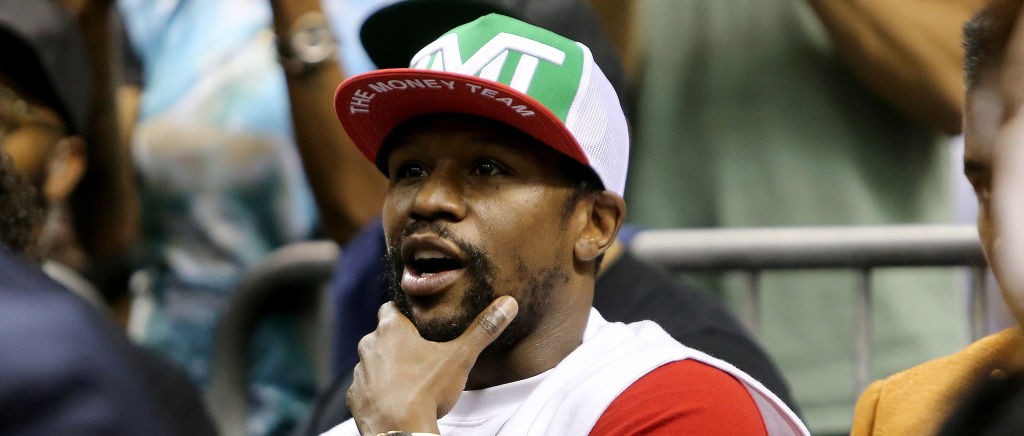
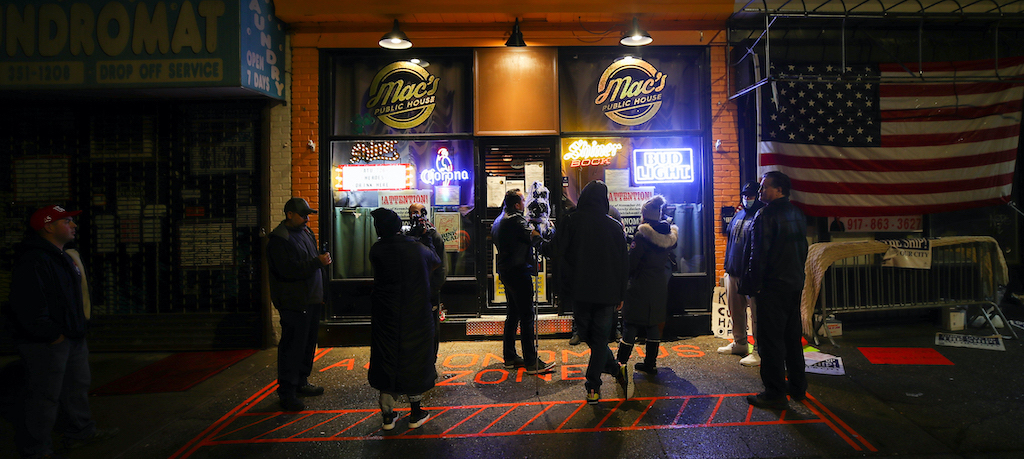
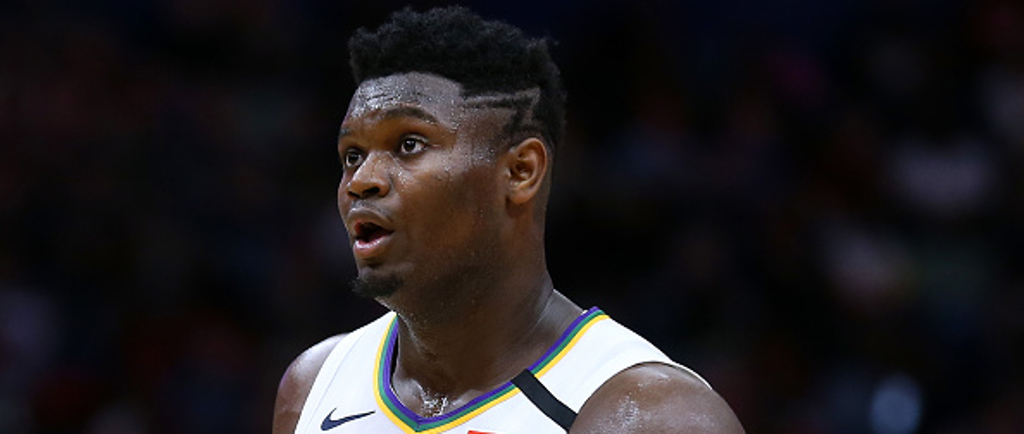

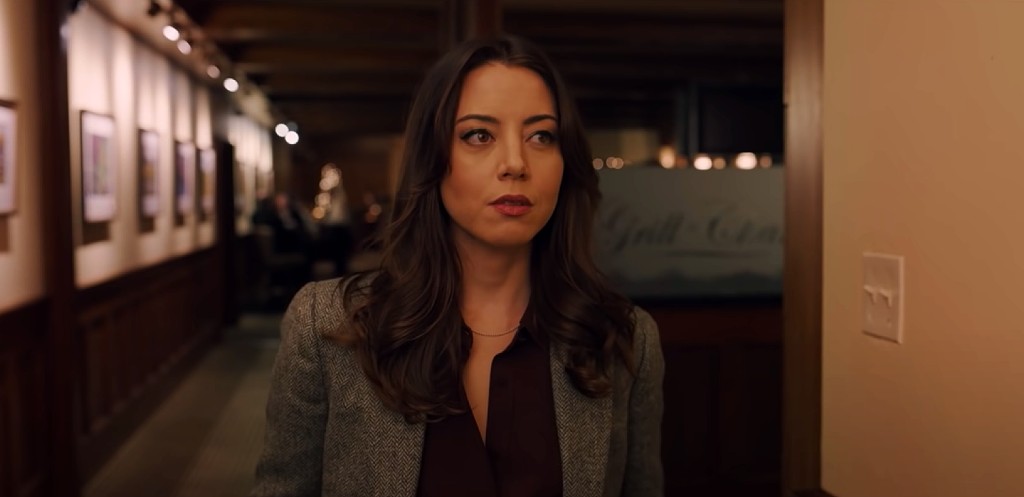
 (@DavidOpie)
(@DavidOpie) 